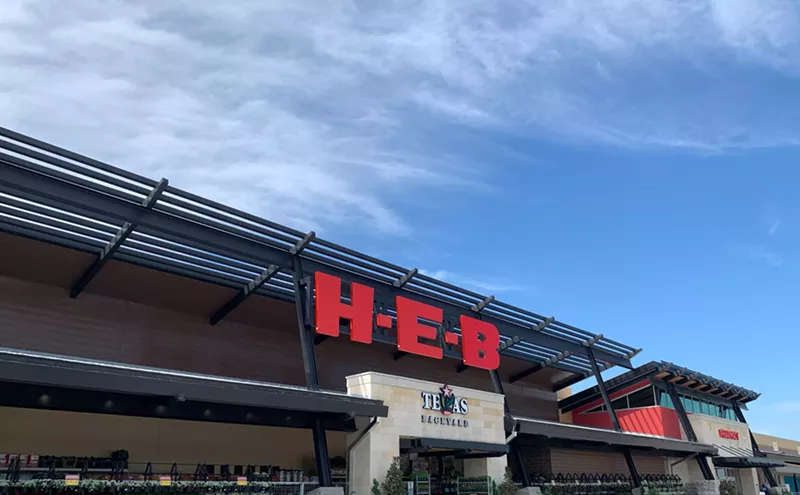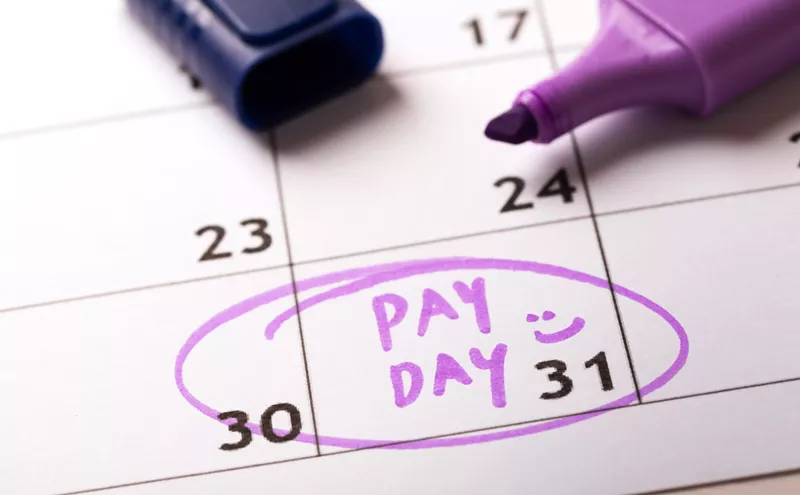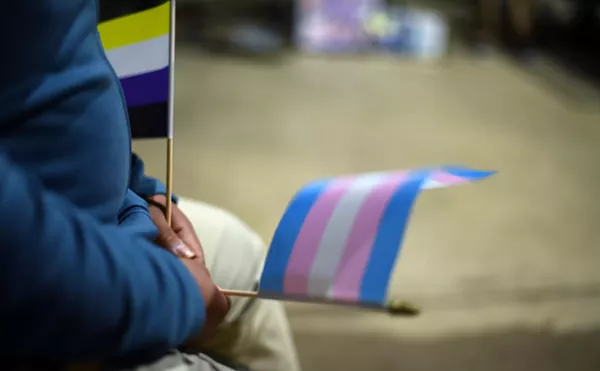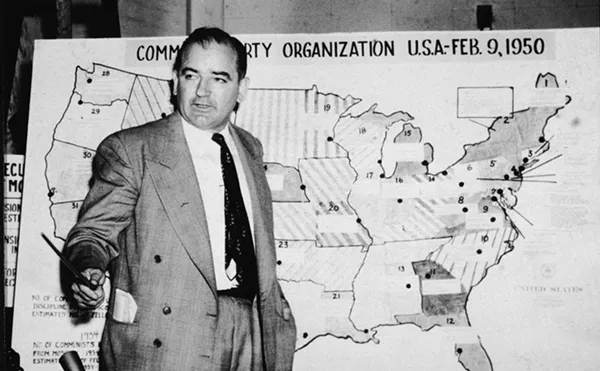With four former City Council persons, the ex-city manager and a loyal philanthropic supporter as members, the mayor's task force on Fair Park knew before its first meeting where the bones were buried. But how much dirt did they want to get on their hands?
Sorry, but the issue was never How did Fair Park get so run down? It was always How come the other six times we resolved to fix Fair Park it never happened?
Now that the task force has released its report and recommendations for dealing with the city's rambling, shambling, down-at-the-heels and down-in-the-mouth 277-acre exposition park, I'd say they got their hands just a little bit dirty. Not much. But in this town, a spoonful of honesty is better than none.
Last year Mayor Mike Rawlings set this up as a nine-member panel instructed to meet behind closed doors and figure out what to do with the 129-year-old park. Largely abandoned by the city's more hoity-toity cultural institutions over the last 20 years, home now to the State Fair for a little better than three weeks every fall, it is a sparsely occupied ragtag bazaar most of the rest of the year.
There's got to be a better way than that to use almost 300 acres of public land in the center of the city. Right? We have talked about this here a lot in the past. One of my ideas was nuking it, and I swear — swear! — it was a figure of speech. Of course I did not mean literally nuke it, because of too much radiation.
At one point I quoted a big national park expert who said there's not much you can do with a park that has a big fat State Fair hunkered down in the center of it. I suggested getting rid of the fair. Thank you for your comments on that one, as well, and, yes, I do understand where you want me to put that idea. Food for thought is all I ever intended, food for thought.
But what? What's your big idea? As it is, the park is this big unsolved problem that won't go away, like a bad boyfriend standing out in front of the house all night. Turn the hose on him?
The people the mayor chose to sit on the task force obviously were types he thought could figure it out, and I have to say I think he chose brilliantly: Linda Perryman Evans, longtime benefactor of Fair Park as president and CEO of the $690 million Meadows Foundation; former City Council members Craig Holcomb (East Dallas neighborhood type, 1983-'89), Diane Ragsdale (South Dallas civil rights activist, 1984-'93), Max Wells (North Dallas, "The Money," 1988-'97) and Alan Walne (North Dallas, "Even More Money," 1996-2003); former (some say still invisible) City Manager Mary Suhm; Mark Langdale (hotel developer, real estate lawyer, big W buddy); developer Jack Matthews (The Omni Hotel, now the Statler-Hilton, and he's a Canadian, go figure); and Jose Bowen (dean of the Meadows School for the Arts at SMU, sacrificial innocent person who turned out to be smart).
I have several very good sources familiar with their deliberations. They all paint the process in ways that are similar in these respects: 1) Many task force members, especially the old City Council cowboys and Indians, knew that the city puts on a task force production like this about Fair Park every so many years as an appeasement, sort of like sacrificing a goat, and not one thing ever comes of it. 2) Several of the cowboys and Indians knew why nothing came of the last one, carried out in 2003.
And here we come to what I personally think is the real nut of the entire conundrum of Fair Park and the puzzle at the heart of our life as a city. A Fair Park Task Force in 2003 went through this same exercise, slit the goat's throat and warbled to the moon in loincloths but also managed to cobble together a good many excellent proposals and deals, including a hard-fought compromise with the State Fair of Texas.
Think about it. Why does the State Fair want Fair Park to be lousy? It doesn't. If anything the State Fair has an interest in seeing City Hall ramp up its commitment. But in 2003 the State Fair told the task force that it will always need a whole lot of parking.
The national parks expert I told you about, the guy who said it's hard to have a real park with a State Fair in it, singled out the huge amount of tarmac on the periphery of the park, barren most of the year, as one of Fair Park's ugliest features. But the State Fair has to have that much parking somewhere. So a key concept in the 2003 proposal was construction of a vast underground parking facility paid for with city of Dallas bonds.
It never happened. The idea never even got off the ground. The embarrassing thing for the former council members sitting on the current task force was that the person most responsible for it never getting off the ground was sitting right in front of them — Mary Suhm.
Finally at one of the meetings of the current task force, a former council member blurted it out anyway: "It went to the Trinity." And others nodded in agreement.
The money needed to implement the 2003 Fair Park Plan was sucked off into the Trinity River toll road, as have been other major assets intended for other parts of the city. And, man, do I wish I could have been a fly on the wall when they put that little fact on the table.
You will never find fingerprints. There is very little audit trail, and you have to know where to look even for that. That's how City Hall rolls. But it's there. It happened.
The most important index of what's going on with city money may be an arcane ratio buried in the bowels of each year's budget called "total direct plus overlapping debt to market value of taxable property." It's what do we owe, how much are we worth. The ratio is what the bond market looks at to decide what kind of interest the city should have to pay on new debt.
Between 2001 and today the ratio has more than doubled, from 2.51 percent to 5.5 percent. Dallas is still well within the safety margins and can borrow at good rates, but the trend is definitely in the wrong direction, and it can't go that way forever.
The bottom line is that there is a ceiling on how much money the city can borrow. However much it borrows and spends on the Trinity River project and the toll road, it can borrow and spend that much less on anything else.
But getting City Hall to be honest about how much of its bond borrowing is being siphoned into the Trinity has proven extremely challenging, even for relative insiders. Eight years ago former City Council member Mitchell Rasansky told his constituents he had caught the staff handing off $160 million to the Trinity without admitting that was where the money was going. I wound up having a big interview about it with Suhm and other officials including Rebecca Dugger who was over the Trinity project. Dugger offered me the city's defense. She said it wasn't $160 million. It was only $73 million.
You hear somebody tell you they didn't filch $160 million, only $73 million, and you start thinking, "This is only because Rasansky caught them." Then you reach for your wallet.
Since 1998 when former City Manager John Ware began scouring the budget for money for the toll road, the continued pernicious siphoning of resources and bonding capacity for the toll road has been the great unspoken betrayal of the public interest in this city. By no means all but at least some of the former council members on the current Fair Park task force knew how it works. They knew their little exercise and every one to follow would be a stupid goat sacrifice unless and until that hole was plugged.
Hence their recommendation. In presenting their findings to the current City Council, the members of the task force insisted that nothing will be accomplished unless Fair Park is allowed to "fix the governance first, the money second."
They mean seal the hole, create some new kind of entity, a nonprofit or a for-profit or a whatever, a circus troupe if that's what it takes, as long as it's something that can squeeze itself into a financial chastity belt.
They want the city to provide the entity with $15 million a year to run Fair Park and also commit $478 million to deferred maintenance and capital improvements. Then they want the city to go away.
That they have come to this formulation is perfectly understandable, given what they know, and it's probably a good idea. But it also has this aspect: It's a little like saying to your spouse, "Would you mind sliding your paycheck under the bathroom door where I have locked myself with the children, and then please return to the bowling alley."
Do I think a nonprofit entity charged with stewarding Fair Park should trust City Hall? Oh, no, no, no. Just the opposite. I think the new entity's attitude toward City Hall should be strictly stranger-danger. I'm just pointing out what this example means for the rest of the city. How big is that bathroom, and may we join you please?












